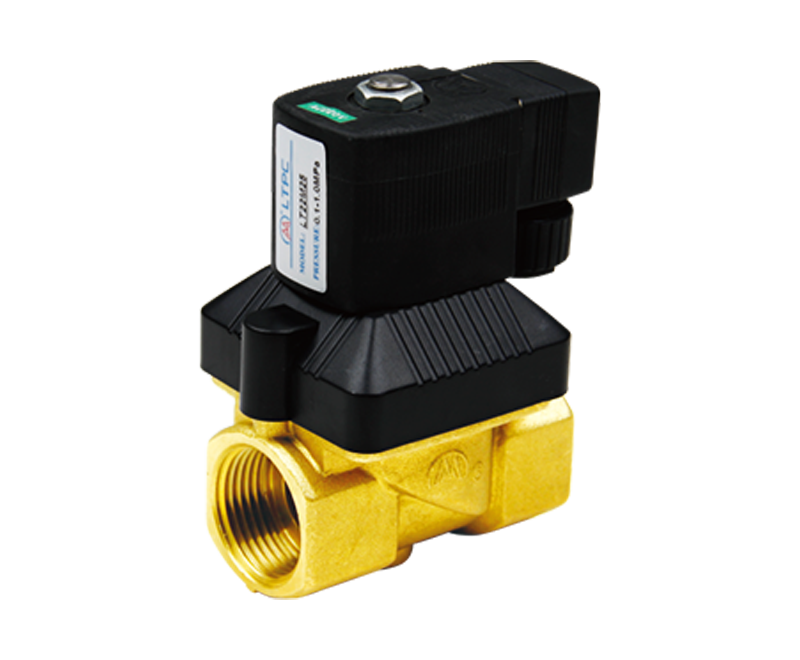Fluid solenoid valves operate by regulating the flow of fluid by changing the pressure across the orifice. The pressure drops across the orifice depend on the size of the valve nozzle. Choosing the right orifice size for your needs will determine how much energy you need to operate your equipment, how much you spend on operation, and what performance you expect from the device.
Fluid solenoid valves can be installed in many different types of applications. Most solenoid valves are mounted on a pneumatic actuator. There are many types of solenoid valves, and some require specific mounting patterns and styles. For example, NAMUR mount valves are designed to fit pneumatic actuators. Regardless of the type of solenoid valve you choose, make sure it meets your flow requirements and responds within a reasonable time frame.
Fluid solenoid valves are an efficient, versatile way to control the flow of liquid and gas. They are often positioned in remote locations and controlled by electrical switches. These valves can shut off, distribute, mix, or dose fluids. They have a variety of uses in industrial settings and are highly reliable. They also offer low control power, compact design, and fast switching.
Fluid solenoid valves are often used in the chemical industry. They are designed to control backflow in plumbing systems and are used to mix fluids in processing. They contain the pressure of the fluid and are typically made from stainless steel or corrosion-resistant materials. They are also used for chemical transfer.
The main difference between a 2-way and three-way valve is the configuration. A two-way valve can be configured in either a normally open or closed configuration. A normally open valve uses a spring to hold the seal away from the orifice seat, while a normally closed valve uses electromagnetic force to push the seal toward the orifice seat. When a fluid is flowing through a two-way valve, the valve seat shifts away from the orifice seat and the valve seat opens.
A typical manifold for fluid solenoid valves consists of a matrix of solenoid valves that are mounted in modules on a skid. The number of modules is dependent on how many elements need to be connected and what functions they perform. The manifold is equipped with an electrical circuit board that feeds the valves.
Internally piloted solenoid valves are used in high-pressure and flow-rate applications. The pressure in the fluid is balanced by an equalizing hole between the diaphragm and the pilot valve. The diaphragm is then allowed to open or close.

 English
English 中文简体
中文简体





















